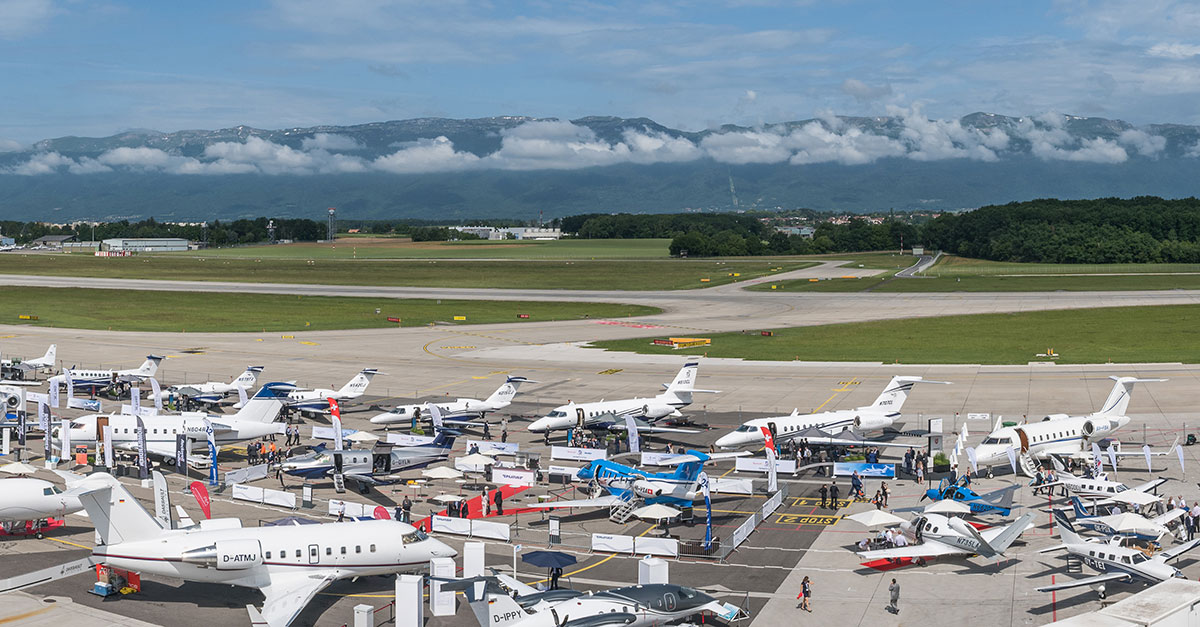After a brief slight increase in business aviation activity recorded in Europe in March of this year, in May the number of flights on business jets decreased by 3%. According to the consulting agency WingX (engaged in the collection and analysis of aviation statistics), the demand for business aviation flights has been falling for the second time since the beginning of 2019.
Richard Koe, managing director of WINGX, said, “A second consecutive drop of 3% in YOY business aviation activity confirms an increasing slowdown in the European market in 2019, reflecting the somewhat downbeat sentiment at EBACE. Symptomatically, whilst Nice and Cannes had their usual busy months in May, comparable YOY activity at these airports was down at least 10%.
Business jets are less frequently used for long-haul flights. This primarily concerned flights to Africa (–10%). In Latin America in May of the current year, by contrast, began to fly 5% more often.

Against the backdrop of political instability with the UK leaving the EU, the strongest decline in business aviation activity was observed in this country, as well as in France and Germany. In these countries, the number of departures decreased by an average of 4.5%.
“The Brexit stranglehold on business activity in Europe – and especially UK – is showing up in the continuing stagnation of flight demand out of London. Small and midsize jet activity is most affected, and particularly in owner flights, suggesting that discretionary trips have been put on hold.”— indicated in the WingX report.
In May, the number of departures on heavy-jet aircraft (+ 0.7%) increased, while the number of flights on midsize jet and small jet aircraft decreased by 5.3% compared to last year.
Flight activity on Embraer and Bombardier has increased by 5%. On the Cessna, by contrast, there were 8% fewer flights than a year earlier. Gulfstream and Dassault flight activity has also declined slightly.